You never know where conversations might take you. During a quick Zoom meeting today, my friend and colleague, Karen, showed me the tooth her puppy lost which now has a place of honour on her desk. The conversation got me thinking about the body parts in my office. Yes, really.
I have perhaps the most unusual instrument you will ever see. It is called a kangling and is a kind of wind instrument. It does not work very well, honestly. None of them ever do.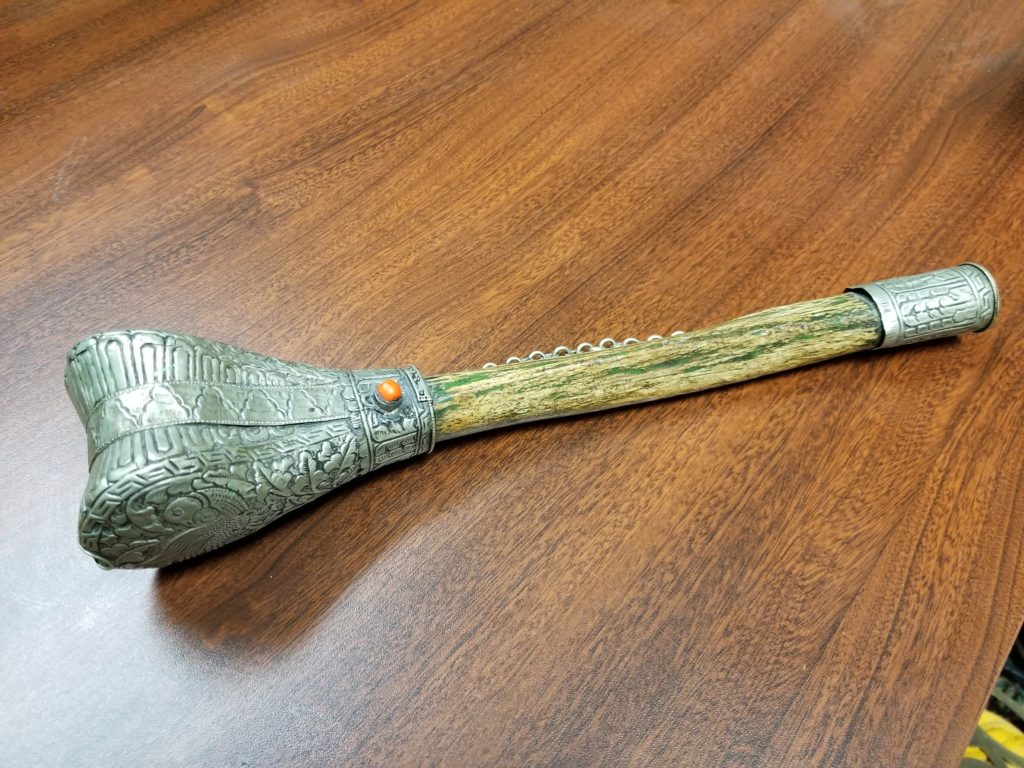
Why create instruments whose sound is not that great? Well, the kangling is about composition more than functionality. There are steel parts on each end but that middle piece is a bone. More specifically, a human leg bone. If that unsettles you a bit, on the corner of my desk sits the more unnerving companion piece – a kind of offering bowl with a silver coat on the inside. Turned over, you can see that it comes from a human skull.
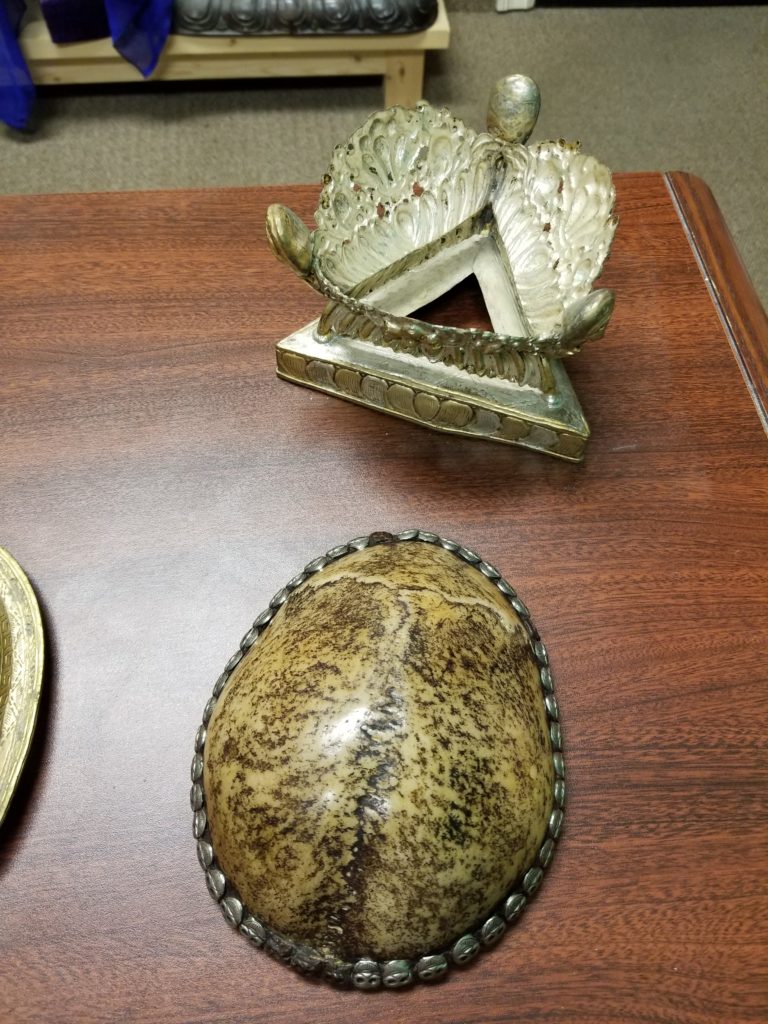
Still with me?
Before you call the police to search my freezer for cadavers, let me explain. Both items come from Tibetan Buddhism. Like Christianity, Buddhism has many branches and most branches have nothing like this. But Tibetan Buddhist monks sometimes donate their body parts for this purpose once they have died. Why is this?
These items are meant to convey a central teaching of the Buddha, namely anicca or impermanence. The Buddha was an unusually insightful psychologist (modern psychology draws significantly from his 2500 year old teachings) who argued that much of our suffering comes from our failure to grasp fully the implications of impermanence. When bad things happen – a loved one dies, our marriage falls apart, or career doors close to us – we can feel that we will never recover, that the light is permanently gone. But that feeling, however searing, is impermanent. For sure, some injuries do stay with us but even our relationship to those injuries will change. Everything changes.
It works the other way too. When we really enjoy something, we can undermine the enjoyment by trying to fight its impermanence. We say “I wish this would never end” and, in so speaking, inject remorse into what was enjoyable.
The kangling and the kappala are thus graphic examples of impermanence, that every single thing comes and goes. These instruments are not human, they are just dead matter. For those outside of Buddhist teaching and practice, the idea of anicca can seem depressing or nihilistic. But within the tradition, it does something very different – it frees us. We are not bound or trapped by what happened today or yesterday or last year. The future is always undetermined. What it teaches is our freedom to act with wisdom and compassion. Impermanence opens doors and focuses us on this very moment, the only moment that exists.
So, if you enter my office and decide not to take a candy from the offering bowl on the corner of my desk, I will understand. But if it grosses you out in any way, don’t worry. That feeling is impermanent.
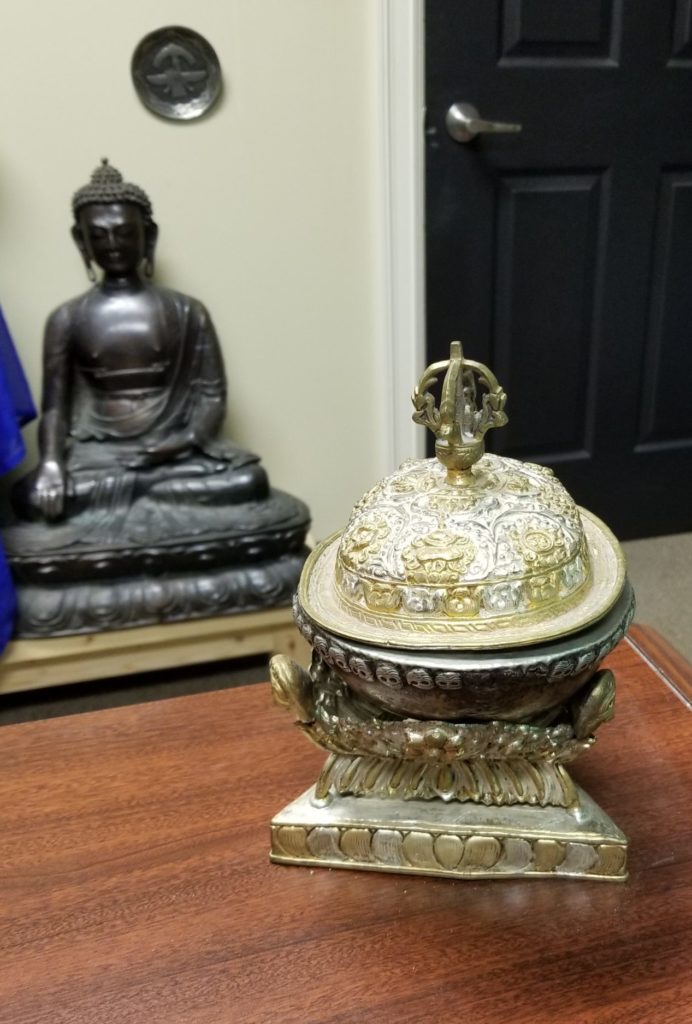


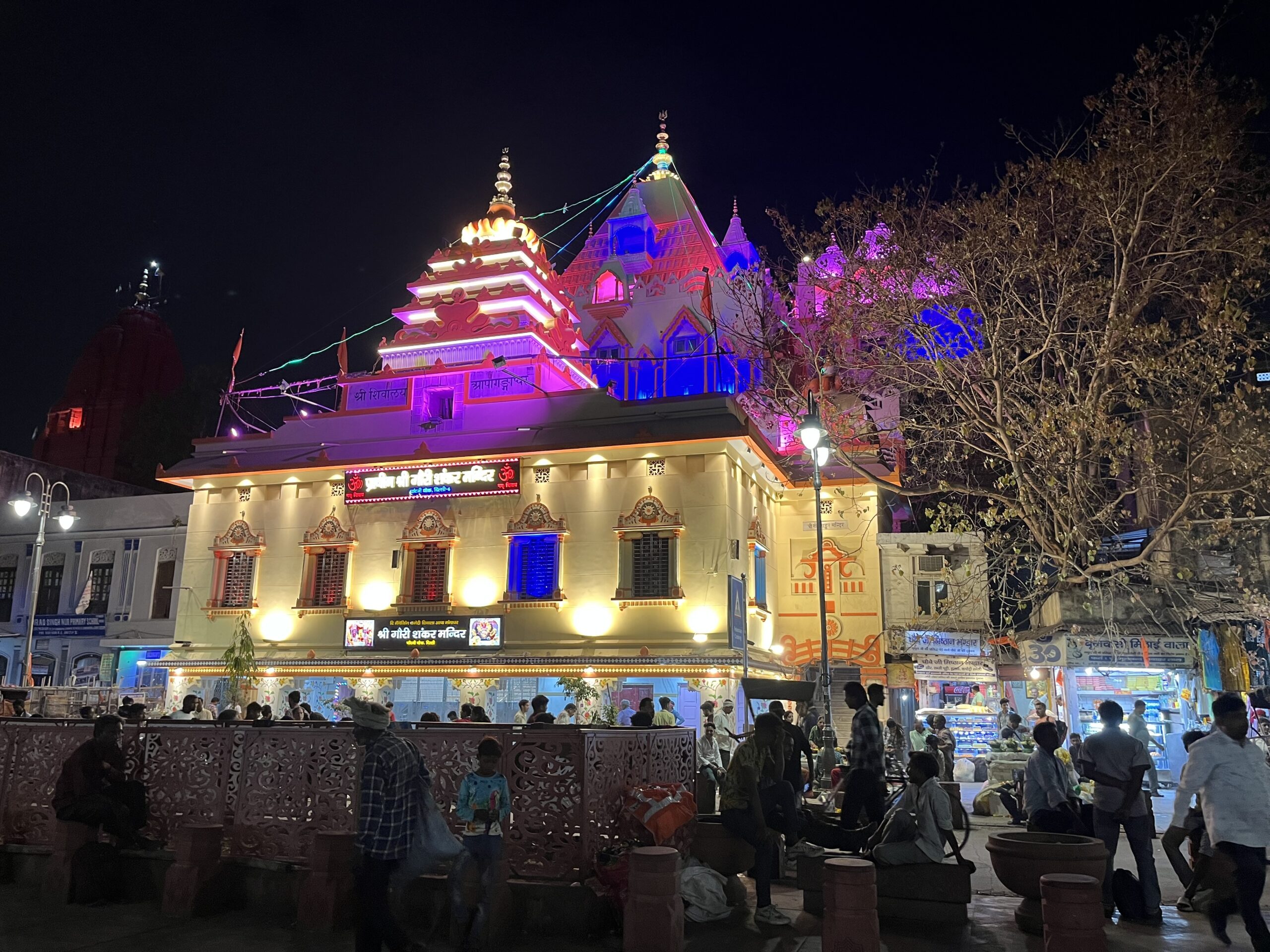
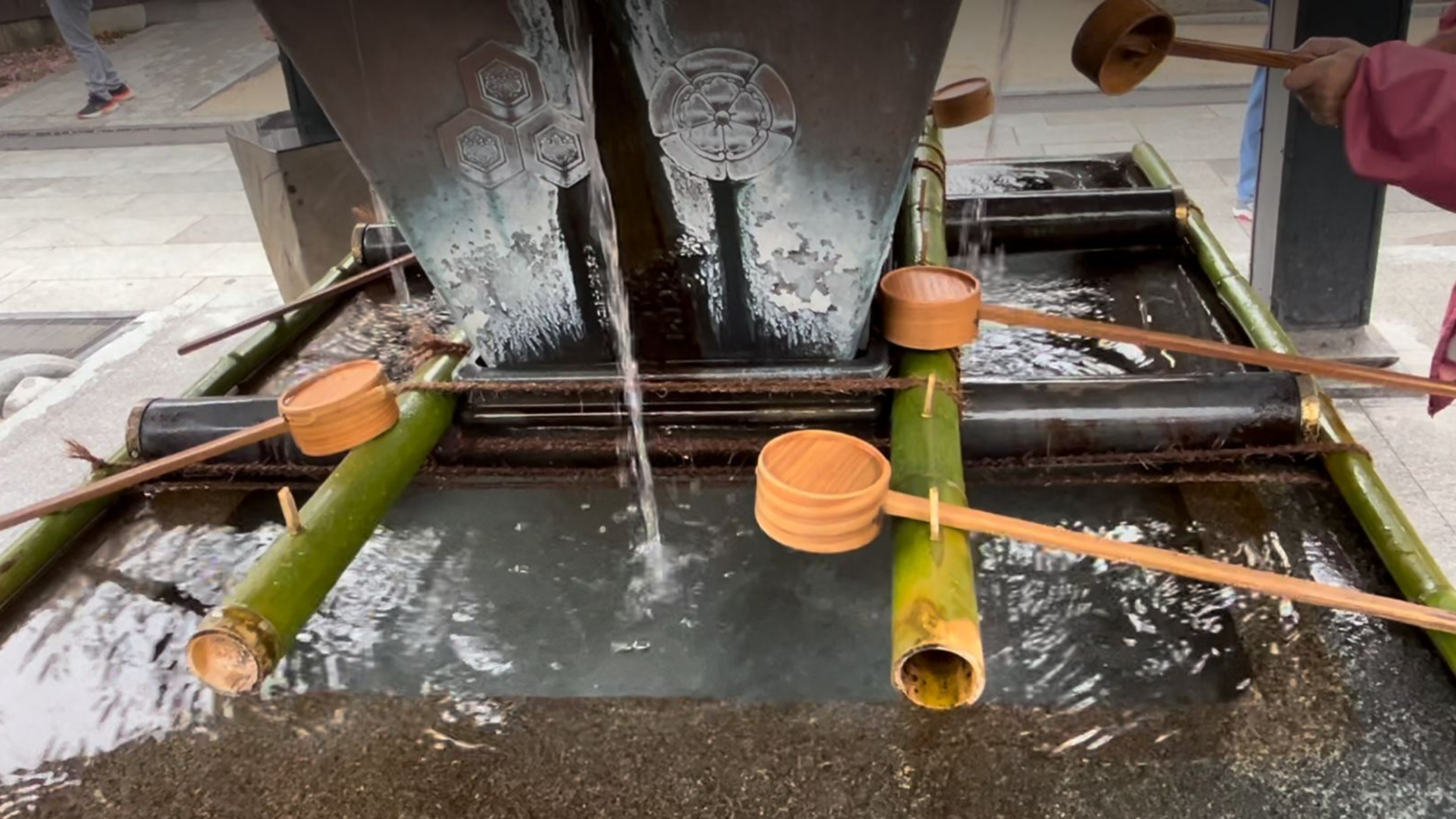

Fascinating learning from the body parts in your office. Thank-you. I will be bringing my husband home from a life-changing surgery soon and the concept of impermanence will hopefully help both of us to adjust to the new now.
I hope your husband does well Kim. There is a lot of Buddhist readings on this front that might help either of you if you’re interested. Jon Kabat Zinn’s Whereever You Go, There You Are is good as some of Sharon Salzberg’s writings. Best of luck to you both!